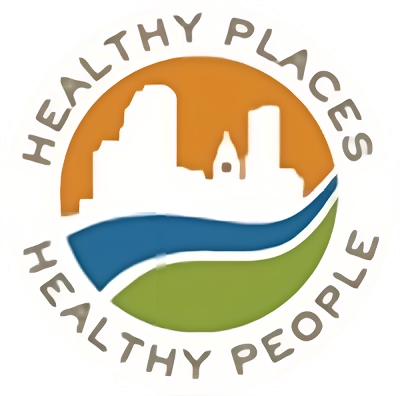Currently, 1 out of every 6 children are overweight or obese. As children spend a great deal of time in a school setting, the extent to which it supports physical activity and healthy eating are major determinants in how they feel and how well they learn.
Our staff have the resources and connections to help you assess your childcare center, after-school program or school and make environmental and curriculum changes that promote healthy habits for life.
Take Action!
Design a Healthier School. Consider setting up a Farm to School produce program, building a school garden or getting on-site nutrition education classes taught by experts.
Design your curriculum to maximize activity times and model healthy eating. There are many things you can do to make sure your students are developing healthy habits for life.
If you’re a parent, we can help you take the initiative to ensure your child is in a healthy, supportive environment.
Download our Healthy Childcare Center flyer for more information.
Get Designated. As an extension of the The Mayor’s Health & Well-Being Council (MHWC) Partnership Certification Program, the Mayor’s Healthiest School Awards highlight schools that have made healthy changes to create school environments that support the health and well-being of students. Schools that make changes above the state and federal standards are eligible to earn an award. Awards are granted at the Elementary and Middle School levels. Learn more about the Mayor’s Healthiest Schools.
Tips for a Healthy School Environment
Nutrition
- Model healthy eating and participate in physical activity with children whenever possible.
- Serve water, low-fat milk or 4-6 oz max of 100% fruit juice per day. Never serve sugar sweetened beverages, such as soda.
- Serve fruits and vegetables at every meal. Never serve fried foods.
Physical Activity
- Draw hopscotch or four square outdoors to encourage activity where children play.
- Restrict screen time to no more than 2 hours per day, with no screen time for children under two years.
- Give preschool-aged children 120 or more minutes of active play time per day and give toddlers 60-90 minutes of active play time per day.



